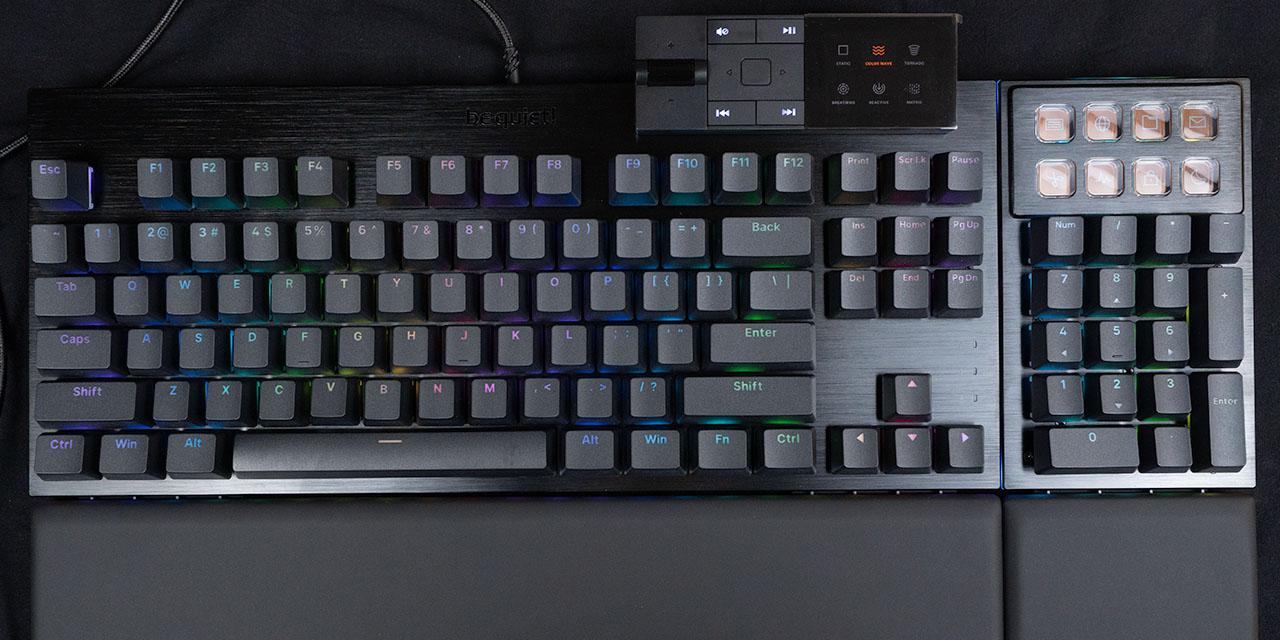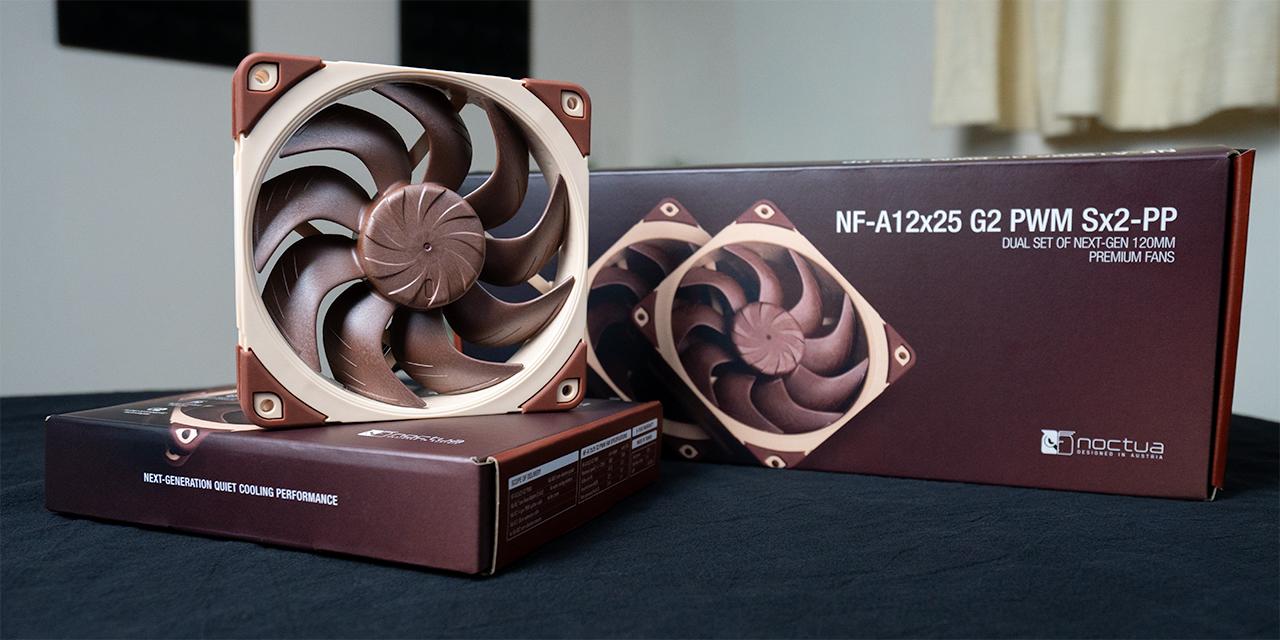Page 4 - Configuration and User Interface, Part I
Setting up is as simple as it can get. If you know the LAN IP address of your system, it can be configured for the very first time via the web-based wizard as well. The web interface is also optimized for phone displays. Once it is completed, your system is pretty much ready to go. QNAP also promises that all files and settings can be migrated from one system to the next seamlessly; all you need to do is plug the disks from your previous NAS, and everything else will be done and ready. From my experience, it is as easy as it sounds.

Those who have owned previous QNAP devices flashed to the latest system software would immediately feel at home with the TS-251B. Using QTS version 4.3.5, this is the same as what is running on other QNAP boxes I have running here at APH Networks. The latest QNAP web configuration GUI provides an extremely clean, smooth, and modern user interface in a virtual desktop environment in your web browser. With a powerful NAS device that offers as many features such as the QNAP TS-251B -- not to mention with tons of new stuff added in every update -- it is very important that a user friendly graphical user interface is implemented. And thanks to the excellent QTS 4.3.5 web interface, it not only excels in functionality, but also in speed and feel. QNAP's previous interface is already among the best I have seen for a network attached storage device, but the latest takes it up an entire new level. Generally speaking, it has all the features you want in a NAS box, yet it does not take some sort of post-secondary degree in science or engineering just to get it up and running.
After your system has been initialized, fire up your web browser of choice and type in your server's name or your TS-251B's LAN IP address once again. You will be immediately greeted by its main screen. The main screen is pretty graphics heavy for a little more eye candy. To start, hit the "Login" button on the left menu bar, and a dialog box will appear. Enter your username and password, and you will have two additional options: Remember Me and Secure Login. Everything else is placed on your desktop after logging in.

The sleek, clean browser-based desktop interface has advanced scripting menus for snappy performance and convenience. At the top is a toolbar that is kind of like a fusion of a traditional Windows taskbar and Facebook's notification menu. Hitting the hamburger menu button near the top left corner gives you quick access to your programs or settings; conceptually, it is kind of like a traditional Windows Start menu. On the left of that button is a Show Desktop button. Clicking it will show the desktop, just like the one at the bottom right corner of Windows' GUI. Additional items will appear on the taskbar once the user opens programs.
As you move towards the right, the Windows-like taskbar becomes more and more like a Facebook notification bar. The four icons immediately to the left of the user are Volume, Background Tasks, External Devices, and Notifications, respectively. Clicking on the magnifying glass all the way to the left will make a search bar appear. I find the Notifications menu particularly useful; especially when notifying the user of an error such as a disk failure. Clicking on the user will reveal a menu that shows information such as your last login time, a link to an options screen for stuff like changing your password, and options like logging out or restarting your NAS. To the right of the user is a miscellaneous menu for options like Language and Desktop Preferences plus a link to the Dashboard. The Dashboard shows vital system information such as CPU load and HDD health, in which we will go over in just a moment.
The main part of the desktop is a matrix of large icons, which reminds me of Apple's iOS. You can drag the icons around, remove shortcuts, and add your own items here, just like a real desktop. Like iOS, you can have three pages of desktop icons. At the bottom, there are four icons that eventually leads to QNAP's website for the user's convenience. The last icon opens Helpdesk. Meanwhile, a clock resides at the bottom right corner, as you can see in our screenshot above. A shortcut to Recycle Bin and Qboost is at the bottom left corner. QNAP's QTS 4.3.5 desktop concept is very user friendly an intuitive in my opinion. My only gripe is some items that appear to be mere tabs, such as Storage & Snapshots under Control Panel, will open up an entire new window rather than change the screen as the interface suggests. A little more consistency here will definitely be appreciated.

The QTS Dashboard provides a quick view of system status and statistics. At the upper section, the left box gives a high overview of your network attached storage's system and health status. System temperature and fan speed is displayed on the box next to it. The right box shows statistics in a more concise manner with live graphs; instantaneous CPU and RAM usage are displayed in a circular graph, while network adapter usage is plotted against time. A pie graph showing hard drive usage occupies the largest tile on the bottom. Different volumes can be selected by a drop-down menu. More detailed information such as total disk usage and individual folder usage can be found to the left and right of the pie graph, respectively. On the left of it is a box that shows HDD health.
At the bottom half, online users are displayed here. A list with filter shows all the scheduled tasks. Finally, a feed containing latest QNAP news can be seen at the bottom right corner. Overall, I found the dashboard to be extremely useful; it provides vital system statistics all in one easy to access screen.

In the control panel, while I will not go over every menu, I will briefly go over most of them, since most of them are self-explanatory anyway. Expanding the first menu item is System Settings. General Settings allows the user to adjust server name and port, date and time syncing options, non-unicode file name encoding conversion, and login screen customization. Under the Security screen are four tabs: Security Level, Network Access Protection to prevent brute force password attacks for various services, Certificate & Private Key from a trusted provider, and Password Policy to set password strength rules. The screenshot above has the Hardware screen shown; permitting the user to configure aspects like disk standby mode, adjust LED brightness, and change fan speed settings.
Under Power, options are provided to configure EUP mode, enable or disable Wake On LAN, power state after power failure, and on/off scheduling. Notification Center allows you to configure email, SMS, instant messaging, and push service notifications for you to set your QNAP TS-251B to alert the administrator via email and/or mobile text when an error and/or warning occurs. The Firmware Update tab allows the user to manually upload an image or check for an update, but if Live Update is enabled, your QNAP TS-251B will do so automatically; and will prompt you to install it upon logging in.

The Network and File Services screen has a bunch of stuff including Network and Virtual Switch, Network Access, USB QuickAccess, Win/Mac/NFS, Telnet/SSH, SNMP, Service Discovery, FTP, and Network Recycle Bin. Each item should be self-explanatory -- most of them are just enable or disable the service and configure a couple settings such as default port number.
Under Win/Mac/NFS, you can configure it to be a standalone server, Microsoft AD Domain member or LDAP Domain Authentication. Here you can configure its server description and workgroup. You can also enable WINS server or use specified WINS server. In the Service Discovery function, there are two tabs: Enable/disable UPnP discovery service and broadcasting services through Bonjour. These services include NAS Web, SAMBA, AFP, SSH, FTP, and HTTPS.
The Network and Virtual Switch screen links to a separate subsection in a new window as shown above. Here, you can do stuff like play with virtual switches VLAN or enable Jumbo Frames for each network interface. By default, there is only one, but if you have additional adapters installed, this is the place to go.

Hitting Storage & Snapshots opens up an entirely new screen, as aforementioned. The screen shown above is the Overview screen. On the left, a menu allows you to switch between tabs to manage your hard drives, create storage pools, and manage RAID arrays. A Storage Pool is designed to amalgamate multiple hard drives into a large storage space and provide enhanced RAID protection for the volume. Under the Disks/VJBOD tab displays the state of the drive - a big, green "Good" is all you need to see -- along with information such as hard disk model, capacity, temperature, error recovery support, disk access history, and disk SMART information. In the Disk Health submenu are four tabs for the user to easily work with their HDD SMART diagnostic data. The SMART Information tab provides a summary table on diagnostic results. The Test tab gives the user an option to run a Complete or Rapid test immediately; while the final tab, Settings, can activate or deactivate a temperature alarm, as well as automatic scheduling automatic SMART tests. The Hard Disk Information submenu displays more detailed data, such as your drive's serial number and firmware version. Snapshots can be scheduled automatically to keep track of all your file changes. Up to 256 snapshots per volume can be made.
Under Storage/Snapshots, you will have options to play around with your RAID array -- such as expanding capacity, adding a hard drive, migrate, as well as configuring a spare drive. SSD caching is available under Cache Acceleration to improve file performance on frequently accessed data. The iSCSI section has options for configuring iSCSI targets and LUN snapshots. Virtual disks can be configured on remote or external devices in their respective menus.
Page Index
1. Introduction, Packaging, Specifications
2. A Closer Look - Hardware (External)
3. A Closer Look - Hardware (Internal)
4. Configuration and User Interface, Part I
5. Configuration and User Interface, Part II
6. Configuration and User Interface, Part III
7. Performance and Power Consumption
8. Conclusion





